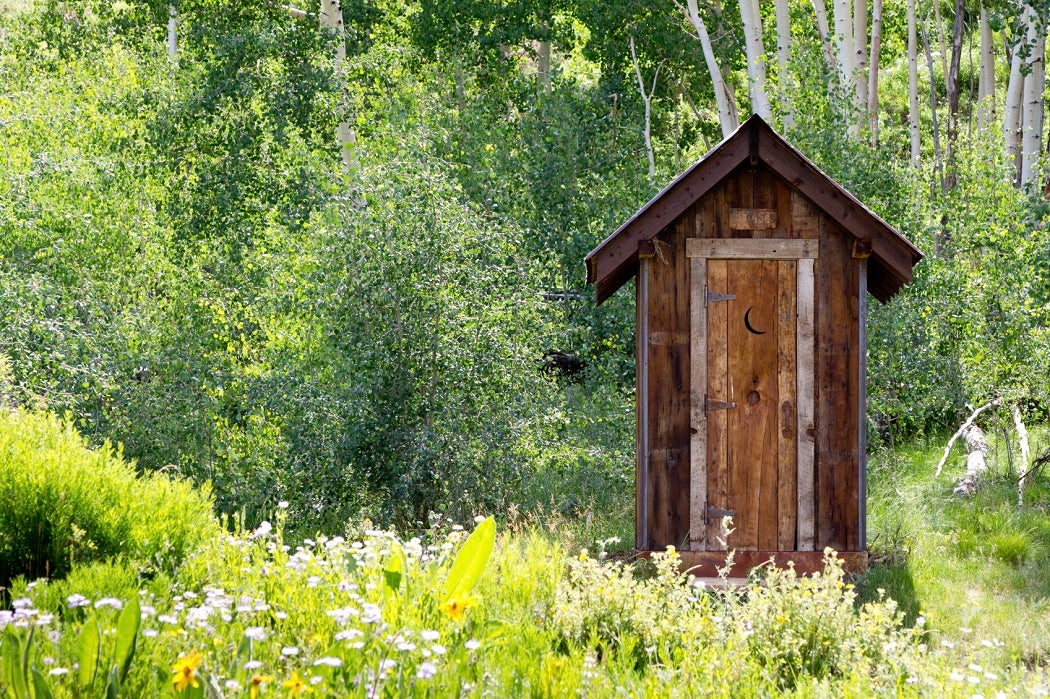Privies are gold mines. The privy (or outhouse, jakes, house of office, etc.), was the standard urban and rural toilet right into the 20th century in the U.S. Since they were used for all sorts of deposits, they have revealed much about the material culture of the past.
But archaeologists have also found that privies embody “ideas about cleanliness, health, beauty, and privacy, as well as providing data on diet, socioeconomic status, divisions between households, construction methods, and maintenance behavior,” according to Kathleen Wheeler in her introduction to this 2000 issue of Historical Archaeology, dedicated to the “View from the Outhouse.”
The latrines at Johnson Island in Ohio, for instance, are time capsules of the Civil War prisoner-of-war experience. Close to half a million men were POWs during that war. 3,000 Confederate officers were confined at Johnson Island (one of them proved to be a woman in masquerade; this was discovered when she gave birth in the camp).
From the investigator’s perspective, the study detailed here was about “the primary use as latrines for biological waste, deposit of contraband materials, discard of secondary use; lost personal items; tunneling for escape….” One block of latrines from 1864 had “vast quantities of wine, whiskey, champagne and beer bottles” attesting to the wealth and connections of the officers held there (a far cry from the conditions of lesser ranked POWs).
In another of the articles, Elizabeth S. Peña and Jacqueline Denmon analyze their deep dig into the social organization of a boardinghouse in 19th century Buffalo, NY. Buffalo was the largest grain port in the world at the time, full of Irish immigrants working at the grain elevators. Many lived in boardinghouses; the house in question had 36 male boarders in 1880. The privies of a single-family home nearby are used as a comparison.
All in all, there’s a lot of, um, history in those pits. Chamber pots are tied for third place with plates after saucers and teapots in the tabulation of “minimum number of vessels” for one of the excavated privies. The authors’ section on smoking pipes and social class is particularly interesting.
The word “privy” stems from the Latin by way of French and Middle English: it means private, as in the still current adjectival use of the word, for instance, being privy to a secret. But the privy, as noun, still buried out there in many a backyard, turns out not to be so private once it’s unearthed to history.







